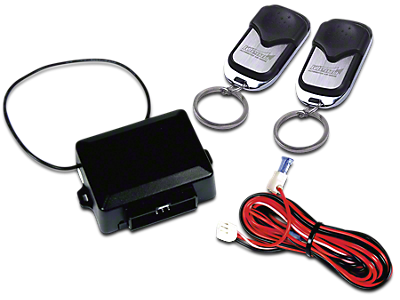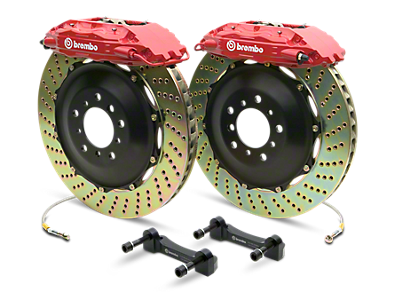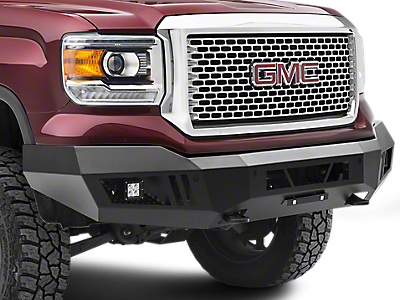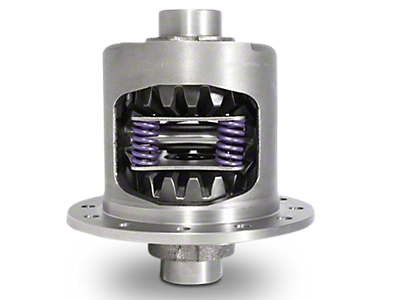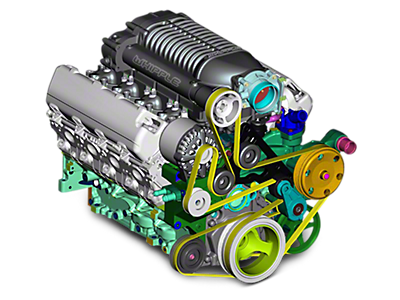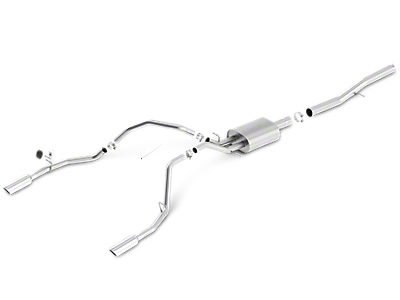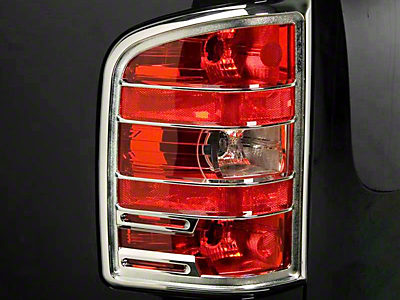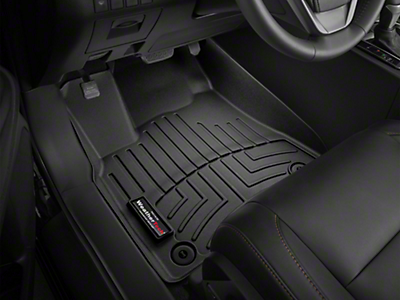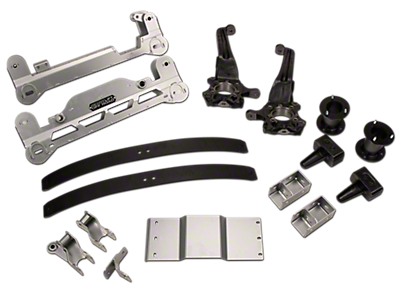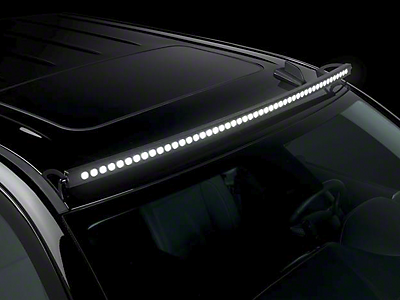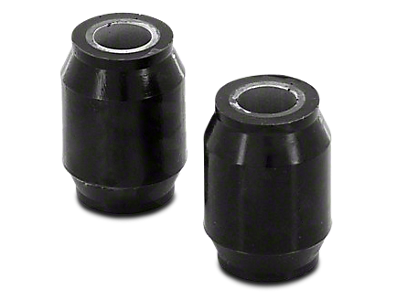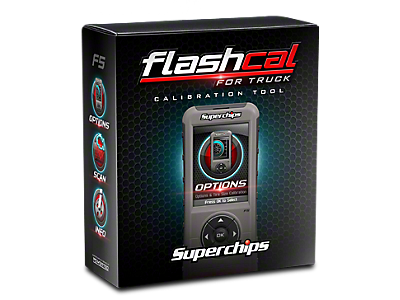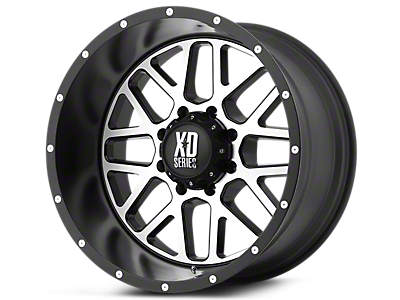2014 GMC Sierra 1500
2014 celebrates the beginning of the third-generation of the GMC Sierra 1500 pickup truck. All new, the 2014 Sierra half-ton boasts considerable changes from the previous generation. For starters, the V8 engine lineup gets a healthy overhaul, and the V6 engine has been completely redesigned from the ground up. Sticking with 4.3L of displacement, the new EcoTec3 V6 is now based on the LS architecture and features variable valve timing, direct fuel injection and an aluminum block and head. The result is 285 horsepower and 305 lb-ft - a significant increase over the outgoing V6. Turning to the V8 lineup, these engines saw similar improvements. Now all part of the EcoTec3 engine family, the base V8 is a 5.3L producing 355 horsepower and 385 lb-ft of torque. A larger, 6.2L V8 is available and in stock trim pushes out 420 horsepower and 460 lb-ft of torque. On the outside, the 2014 Sierra 1500 gets reworked body panels and a new front fascia, that is both bolder and larger than its predecessor. Another welcome addition is the old rear drum brakes get ditched in favor of 4-wheel disc brakes on all Sierra 1500 trim levels.
Support Horsepower
Upgrading the throttle body on 5.3L or 6.2L V8 engines found in the 2014 Sierra 1500 is a good place to start for those that are aiming to make a whole lot more power. Considered as a supplementary modification, a larger throttle body supports horsepower as opposed to generating it. For example, the stock unit on the 5.3L has an opening of 78 mm. This is matched to the inlet port of the OEM intake manifold. One way to make more power on these 5.3 and 6.2 LS-based V8 engines is by upgrading the intake manifold to a higher flowing unit. Consequently, the inlet port on these manifolds will change and need a larger throttle body in order to flow the volume of air needed. Matching the throttle body to the intake ensures optimal performance in terms of crisp throttle response, peak horsepower and low end torque.
Torque Manipulation
The torque supplied by the engine goes through multiple leverage ratios before it finally is transmitted from the wheel to the pavement. The last manipulator, the axle ratio, plays a large role in how the torque is applied and consequently how the truck drives.
- Low gear: Good for towing and hauling, off-the-line performance. Reduced top speed and decreased highway fuel economy.
- High gear: Improved highway fuel economy, increased top speed. Reduced off-the-line performance.
Changing the axle ratio will vastly transform the driving experience, depending on which way you go. For those that want better towing performance, switching to a numerically higher axle gear ratio (say from 3.55 to 3.73) will see an increase in torque multiplication, but at the cost of top end speed. All the ratio is describing is the amount of input revolutions compared to output. A gear with a 3.73 needs to rotate three times on the input side in order to rotate once on the output. This means the engine will rev higher for any same wheel speed, and therefore hit redline at an overall lower vehicle speed. However, the additional torque multiplication of the engine revving higher means snapper performance down low. This is ideal for towing, or Sierra 1500s that spend a lot of time off-road with big, heavy tires. Realistically speaking, given the utilitarian nature of the 2014 Sierra 1500, it is very rare for someone to seek a numerically lower gear. To check what gear you have currently, look at the RPO code sheet found in the glovebox.

